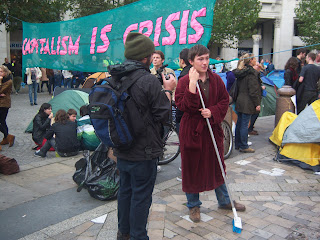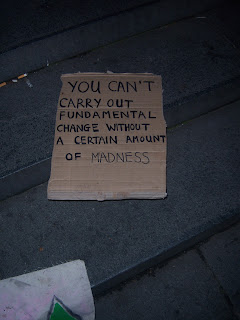My article in The Hindu on the report of the Parliament's Standing Committee on Finance that rejected the National Identification Authority of India Bill, 2010.
Aadhaar: time to disown the idea
The government should pay heed to the parliamentary standing committee's views and suspend the Aadhaar project. It would be a travesty to push the project in through the backdoor.



































































